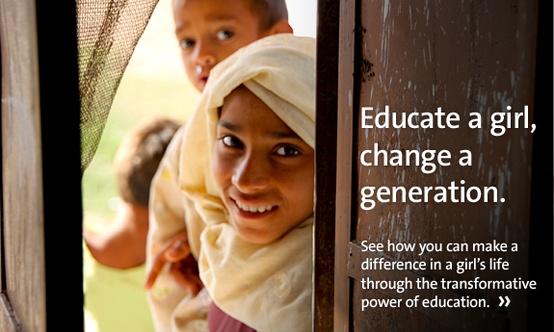
Power of Educating Girls
“Education is the most powerful weapon to shape society”
Education has the power to alleviate poverty and inequality, stimulate economic growth and stability through appropriate governance and promote social cohesion in the developing world. The future of the developing world is dependent on the education opportunities presented to today’s’ boys and girls who will be tomorrows’ men and women. Women in particular are a fundamental part of society. ‘Behind every successful man, is a successful woman’. If this is so, then why do women in today’s society still face the threat of discrimination, disrespect, domestic violence, molestation and rape?
Why are young girls still fighting for the basic human right to an education?
CARE believes that every child deserves the right to an education and a life free from abuse, poverty and discrimination.
This can only be achieved when society understands the importance of equality amongst boys and girls and this is yet to be achieved in many parts of the developing world. Millions of girls still face discrimination throughout their lives; from education opportunities, healthcare facilities, to social exclusion. In many cases girls face multiple constraints and risks during adolescence, failing to give them a chance to build their own identity and make their life choices. Girls need a foundation of knowledge, skills and experiences to enable them to take control of their lives and fight through the cycle of poverty to shape their futures.
‘Girl’s Education: A lifeline to development’ – Unicef
Educated girls have the power to bring incremental social and economic changes to societies, communities and their families by:
– Reducing birth rates and child mortality
– Increasing family and national income
– Improving family health and well-being
Did you know? – Facts for educating girls
- There are 63 million illiterate youth in the world of which 63% are female.
- Girls who have an additional year of education than the national average earn 10- 20% more.
- Girls with secondary education have an 18% return in future wages, compared to 14% for boys.
- If mothers have a primary school education, their infant mortality rate is halved.
- Girls and women spend 90% of their earned income on their families, whilst men only spend 30-40%.
“Women’s’ economic empowerment is essential for economic development, growth, and poverty reduction”.
Help us to help make this a reality and give girls an equal opportunity to an education.
Donate today to help CAREducation in educating girls in developing countries.